 For the past couple years the Panasonic Lumix LX3 has been one of a select few compact cameras that serious photographers covet. Today the curtain was raised on the LX3′s replacement, the new Panasonic Lumix LX5. The LX5 fulfills the same purpose the LX3 did – it’s a compact camera for serious photographers and pros with a great lens, serious image quality and RAW shooting. The LX5 is more refinement than departure – it uses the same 10-megapixel sensor as the LX3 but it has a new lens, a new processing engine and the HD video features have been improved.
For the past couple years the Panasonic Lumix LX3 has been one of a select few compact cameras that serious photographers covet. Today the curtain was raised on the LX3′s replacement, the new Panasonic Lumix LX5. The LX5 fulfills the same purpose the LX3 did – it’s a compact camera for serious photographers and pros with a great lens, serious image quality and RAW shooting. The LX5 is more refinement than departure – it uses the same 10-megapixel sensor as the LX3 but it has a new lens, a new processing engine and the HD video features have been improved.
I have to admit I was a little surprised to discover the LX5 uses the same sensor as the LX3. However, that is consistent with the strategy Panasonic set when they built the LX3. With the LX3, Panasonic went against the more-megapixels-is-better mindset and increased pixel area instead of resolution. The result was a 1/1.63-inch, 11.3-megapixel sensor with lower noise and better high ISO performance than other compact digital cameras. People who understood sensor technology recognized the wisdom of Panasonic’s bold move. And the image quality spoke for itself. If it ain’t broke, why fix it? Seriously. How often do we really need more than 10 megapixels, anyway? So instead of a new sensor, the LX5 has a new processing engine that is supposed to deliver better dynamic range and lower noise.
Note: according to dpreview’s hands-on LX5 report (see it here), the sensor has been updated with a new layer of microlenses, which contributes to improved image quality.

No one really complained about the LX3′s image quality. The main complaint photographers had about the LX3 was the short zoom range – 24-60mm (equivalent). Panasonic addresses that with a new 24-90mm f/2.0-3.3 Leica DC Vario-Summicron zoom lens. That’s still on the short side compared to the 140mm telephoto on the main competition – the Canon G11. But the LX5 is a lot smaller than the G11. Plus, you can’t deny the allure of f/2.0 Leica optics. I’m sure that a lot of photographers will be happy to give up some reach for the LX5′s luxury glass.
HD video is now a standard feature on compact digital cameras. The LX3 was actually ahead of that curve in 2008 with 720p motion JPEG video. Panasonic steps up the video features and power in the LX5. The AVCHD Lite format nearly doubles the amount of 1280 x 720 footage that can be stored on a memory card. The lens can also be zoomed while filming and the LX5 offers full manual shutter speed and aperture control. With the longer zoom range, Power O.I.S. image stabilization, manual exposure control and AVCHD Lite format the LX5 looks like it could double as a pretty serious little video camera.
Panasonic refined the design of the LX5, too. It looks almost exactly the same as the LX3 but if you look closely you’ll notice it’s a smidge larger, the grip is thicker, there’s an additional port below the hot shoe and there’s a new dial on the back of the camera. The slot below the hot shoe accommodates an optional Live View Finder like the one used on the GF1 Micro Four Thirds camera. SLR shooters will recognize the new “turn-and-push jog dial” as a proper exposure control thumb dial – a real control improvement for the LX line. The LCD display has been improved, too. It’s still a 460k-dot 3-inch LCD but it now uses “High CRI (Color Rendering Index) backlight LED” technology that’s supposed display color more accurately and be easier to see in all light conditions.
There are already some Panasonic Lumix LX5 sample images on the Web if you poke around (dpreview sample photos). Pixel peeping reveals very nice image quality up to ISO 800. It starts to get a bit chunky at ISO 1600 with noticeable artifacting from noise reduction when viewed at 100%. Based on what I’ve seen I’d ignore ISO 3200 to 12,800 unless it was an emergency. But I’d happily shoot up to ISO 1600. For a compact camera, the image quality really looks damn good – not as good as a Micro Four Thirds camera or digital SLR, but very good, nonetheless. I don’t think the images I looked at were shot RAW so I’m guessing that RAW offers even more image quality potential.
Features, design and image quality considered, the LX5 looks like a great no-penalty travel camera for serious photographers who don’t want to carry a digital SLR. No, you can’t change lenses and the image quality probably isn’t as good as a Micro Four Thirds camera or entry-level digital SLR. But the Panasonic Lumix LX5 is smaller, lighter and less conspicuous than those cameras. It costs less, too. Of course, I can’t pass judgment without actually using the LX5. But based on my experience with previous LX cameras (as well as the Leica D-Lux variants), the images I’ve seen so far and the information in the press release and specs, the LX5 looks like another winner for Panasonic.
If you’re excited and want a Panasonic Lumix LX5 now – hold your horses. The LX5 should be available 5 or 6 weeks from now, in late August. The MSRP is $499.95 and based on sales of previous LX cameras, I expect that price will be firm for quite a while. This isn’t going to be one of those cameras that sell well below list – it’s a premium camera and you should expect to pay full retail.
Official Panasonic Lumix DMC-LX5 Press Release >>
Related Content:
All Panasonic User Reviews
All Digital Camera User Reviews
Digital Cameras Forum
Panasonic News & Articles
Panasonic Web Site
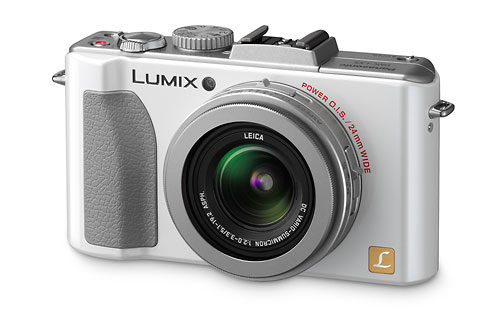
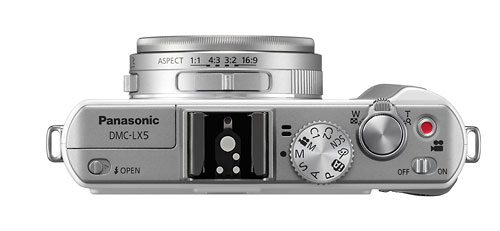
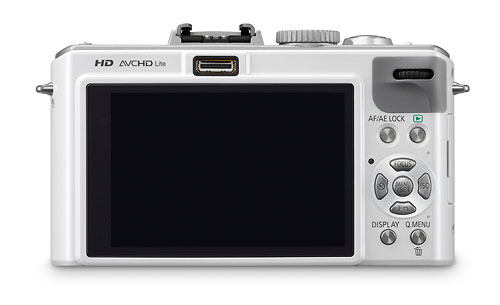
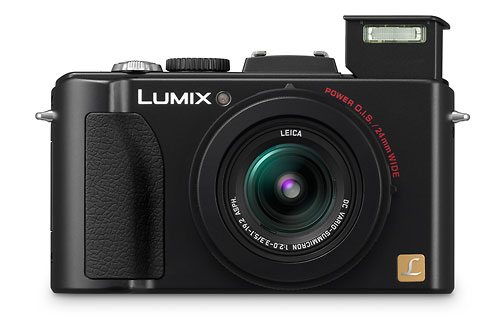
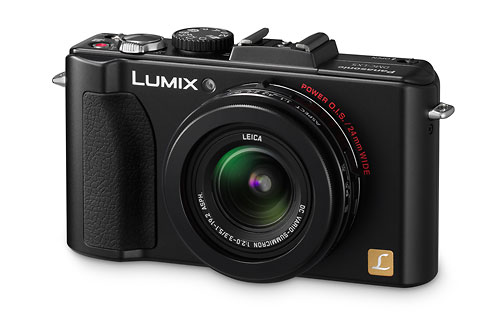


I like the 24mm equivalent wide angle. Most compacts are not wide enough for my taste.
-M
Yeah, Mike – I agree. One thing I’ve really liked about Panasonic compacts is their really wide lenses. There is a cost for that wide of a zoom, though – a shorter telephoto end. But I am really pleased that they’ve increased the zoom to 90mmm on the LX5. The old 60mm lens was just too short.
wow – zooming while filming PLUS AVCHD. That combined with 2.0 wide angle leica lens. Drool. The only thing its missing is a viewfinder
What are you shooting video with now, Lee? This would make a great backcountry ski camera. The lens is a little short for nice long shots. But the rest of the features are great and it’s certainly no-penalty for size and weight. Plus, you could add the Live View Finder. I’ve been using the EVF to shoot video with the Olympus E-PL1 Micro Four Thirds camera and it’s great.
On the other hand, you could also step up to a Micro Four Thirds camera. That’s the dilemma with high-end compacts now. When you can spend a little more and have a lot more camera, is it worth it?
Recorded over an hour of AVCHD and took some photos at a concert yesterday before the battery died… spectacular.
Check out my overview at blog.ronidesigns.com.au